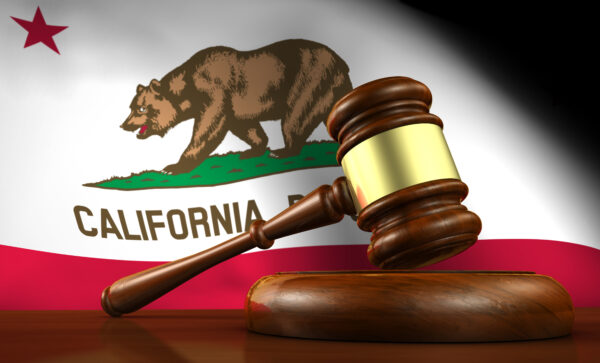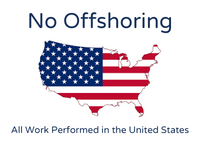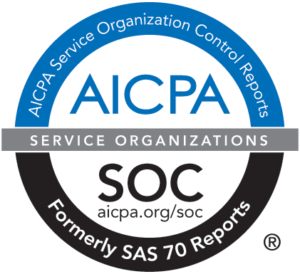Almost 15 years ago, the Great Recession was underway. People lived in a constant state of worry. In workplaces across the country, employees informally gathered after official meetings, trying to decipher what their leaders had shared and what information they’d held back. If the more significant implications of the recession were abstract and theoretical, the possibility of layoffs felt very real.
If you worked during this time and didn’t lose your job, you probably had friends and acquaintances who did. Your leaders may have done their best to keep you updated as you pondered the fate of your employment, but that didn’t stop the whispered discussions in the hallways and bathrooms. You may have wondered what the real story was, when decisions would be made and what would happen to your livelihood. It was a time when people were expected to continue to work as they had before—or put in even more effort—all while raises, and benefits were on the chopping block.
Some people felt pressured to pretend nothing remarkable had happened in the aftermath. Their leaders wanted them to carry on, push forward, and, most importantly, not talk about the complex business decisions or the pain those decisions caused. The struggle was real, but that stark reality wasn’t acknowledged out in the open. As a result, both those who lost their jobs and those who didn’t felt anxious, confused, insecure, and distrustful.
At the time, you might not have referred to the mere prospect of a layoff as a “traumatic event.” But it was. Trauma is an emotional response to a distressing experience. And that recession was most definitely disturbing. It caused severe and widespread psychological harm. It affected people’s mental health at a time when society took mental health much less seriously than it does now.
When a distressing event occurs in or affects the workplace, leaders need to be ready and able to support their employees before, during, and after the event. That goes whether the event has its source in the workplace—like a layoff, acquisition, severe workplace injury, or death—or impacts the workplace from the outside—like a pandemic, natural disaster, or act of violence.
Responding to traumatic events poorly (or not at all) can worsen a bad situation. Conversely, an inadequate response to trauma can become a source of additional distress.
Let’s examine how you can prepare your workplace to weather a traumatic event, support your employees throughout its duration, and help them process their emotions in the aftermath.
Preparing for Traumatic Events
First, you must build trust with your employees before things get bad. If you don’t start from a place of trust before something terrible happens, it will be difficult to establish it when you are in the middle of a stressful, chaotic, and challenging situation. To create relationships built in trust, act with transparency, clarity, and consistency. Demonstrate that you care personally for your people. Show them the confidence that you want them to show you.
Second, plan for trauma. You may already have plans for emergencies, disasters, or significant business disruptions. Make sure those plans account for the emotional state of employees during and after the event. Train managers to recognize signs of distress and what’s in (and not in) their power to manage. Emphasize the importance of transparency, clarity, and consistency. You don’t want to make matters worse by acting chaotically.
Third, establish a communication plan for emergencies. Employees should know where to go for important, up-to-date information. Leaders should know who will be involved in these communications—who initiates, reviews, and when and how the communication is shared with employees.
Fourth, practice. Review your plans and run through them regularly, so leaders understand their role. Share these plans with your employees as appropriate. Not everyone will read them, but putting in the effort will gain you some trust with many employees.
Navigating Traumatic Events
We all know you can plan and plan and plan and plan, but when a crisis comes, you begin to panic. That’s okay. Take a moment to breathe and calm yourself. Then, bring your response team together and get organized. Outline what needs to happen, including communications that should go out to employees. Make sure everyone is on the same page.
You will want multiple ways to share messages, as your employees will likely not receive notifications simultaneously, especially if you have people on various shifts. If you’re conducting a layoff, meet with each affected employee individually (as you can) and be sure you are giving them all the necessary information. Then follow up in writing, as these employees will likely be in shock and not remember much of what you said.
Act with empathy and sensitivity to those who are most affected. Sometimes, well-meaning leaders emphasize their pain at a time when their employees are hurting. Less well-meaning leaders sometimes act cruelly or dismissively, treating their employees as disposable. Both of these approaches to distressing situations break down trust. They also have a chance to become viral news online, at great reputation risk to the organization.
Responding to Trauma When Things Calm Down
When the dust settles, you may be ready to return to “normal,” but that’s not going to happen. Your world has changed. You must help your employees adjust to this “new normal” and recognize that the past isn’t coming back.
Your employees will need time to process the event and their feelings. If you have one, share information about your employee assistance program (EAP). Create spaces for employees to connect and talk about the changes. Prepare managers to listen. For example, the trauma following a coworker’s death will affect the workplace long after the funeral. Grief is personal; not everyone will react how you think they might.
In a case like this, you’d want to give your employees time and space to process the event and their feelings while providing them with the information they need to prepare for what comes next. For example, it could be jarring for employees to see their deceased coworker’s job posted. They may feel you are pushing them to a place they aren’t ready to go. Giving them a heads-up may help them emotionally prepare to see the job posting.
You cannot shy away from the events you all collectively went through, nor should you sweep the memory under the rug and pretend it didn’t happen. Being upfront and honest about the experience will significantly benefit your employees working through their experience and what it means to them. Trauma will always get its say, but it doesn’t have to have the last word.
Dr. Patrick K. Collard is the Managing Member & Evidence-based HR Consultant for trustHR | GObackgrounds (San Diego, CA and Brookfield, WI). He has over 30 years of experience as a human resources consultant. He holds a Bachelor of Arts in Law and Society and a Master of Human Resources and Employment Relations with a concentration in Employment and Labor Law from Penn State University. Dr. Collard earned his doctorate from the University of Maryland Global Campus. He defended his dissertation – Recruiting the Untapped Talent Pool of Hiring an Employee with a Criminal Record: A Systematic Review. Schedule a Discovery Call with Dr. Collard at – https://calendly.com/patrickcollard/discovery-call










